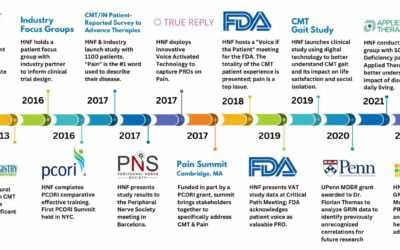 We were recently informed that The Jackson Laboratory (JAX, a nonprofit biomedical research institution headquartered in Bar Harbor, Maine) had taken delivery and will be distributing a newly generated CMT-related mouse model. The new model expresses mutant mitofusin 2, a mitochondrial membrane protein involved in mitochondrial fusion and regulation of vascular smooth muscle cell proliferation.
We were recently informed that The Jackson Laboratory (JAX, a nonprofit biomedical research institution headquartered in Bar Harbor, Maine) had taken delivery and will be distributing a newly generated CMT-related mouse model. The new model expresses mutant mitofusin 2, a mitochondrial membrane protein involved in mitochondrial fusion and regulation of vascular smooth muscle cell proliferation.
The creator of the mouse model, Dr. David Pleasure of the University of California at Davis designed the mouse so that researchers have the ability to specifically induce expression of the mutant gene in a tissue of interest. Dr. Pleasure said, “The heterozygous mouse, which expresses the mutant gene as a knockin in the Rosa locus, shows a mild foot deformity demonstrable by catwalk analysis, as well as an imbalance in muscle fiber types demonstrable by immunohistology and histochemistry. Initial histological analysis of tibial nerve failed to document obvious axon loss. The phenotype in these young adult mice is subtle.” This project was funded by HNF. We look forward to Dr. Pleasure publishing his work in due course. It may require additional work to push the characterization of the mouse further. We have made the mouse model available without license so that other researchers can use and evaluate it freely. We thank The Jackson Laboratory for their considerable assistance and willingness to distribute this mouse.
Additional information can be obtained at The Jackson Laboratory strain datasheet. Orders can be placed for this mouse strain today, and the first mouse should be ready to be shipped by the end of the year. The JAX mouse repository provides a variety of other mouse models relevant for CMT, and is actively seeking additional models. Please contact Mike Sasner at [email protected]







0 Comments